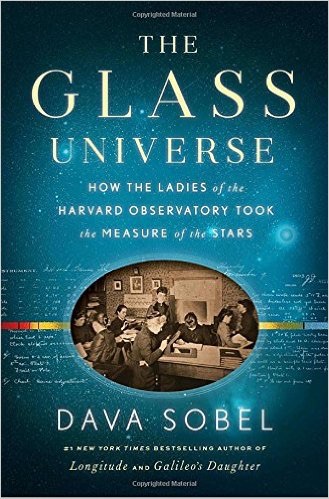The Glass Universe
In the 1890s, the Harvard College Observatory began to employ a group of talented female assistants to help compute orbits and measure stellar positions on the glass plates in which that observatory specialized. Over the coming decades, this group gradually emerged as leaders in astronomy and astrophysics – especially in the spectral characteristics of variable stars, a subject that held the key to measuring the size of the galaxy and the universe. At the same time, these women gradually broke barriers that kept women out of the sciences. Sobel does a nice job of focusing on the lives of these women and their discoveries; there’s not really enough of the science here – these women must all have loved the science, because they certainly weren’t paid enough to do the work otherwise – but I already knew the outlines of the Main Sequence and the Cepheid stories, anyway.
When at 70 years of age Dr. Annie Jump Cannon won the Ellen Richards Research Prize, she used the prize money to endow a new prize, and for years augmented the modest cash value of her prize by commissioning an astronomically-themed brooch from a female Boston goldsmith.
(When I was took Introductory Astronomy at Harvard Summer School in 1973, I spent many, many nights with what I believe was Miss Draper’s 8" Bache Refractor and one long, delightful night making a plate of the Andromeda Galaxy with the big reflector at Oak Ridge.)
